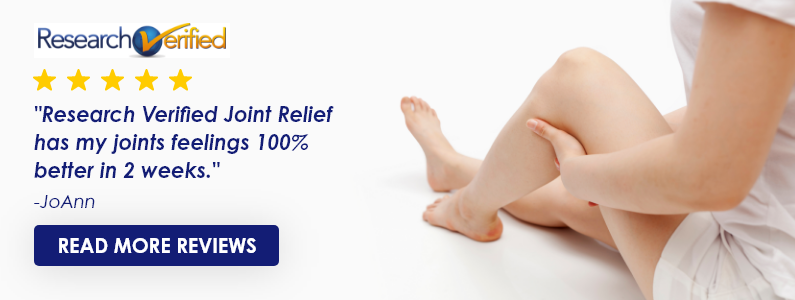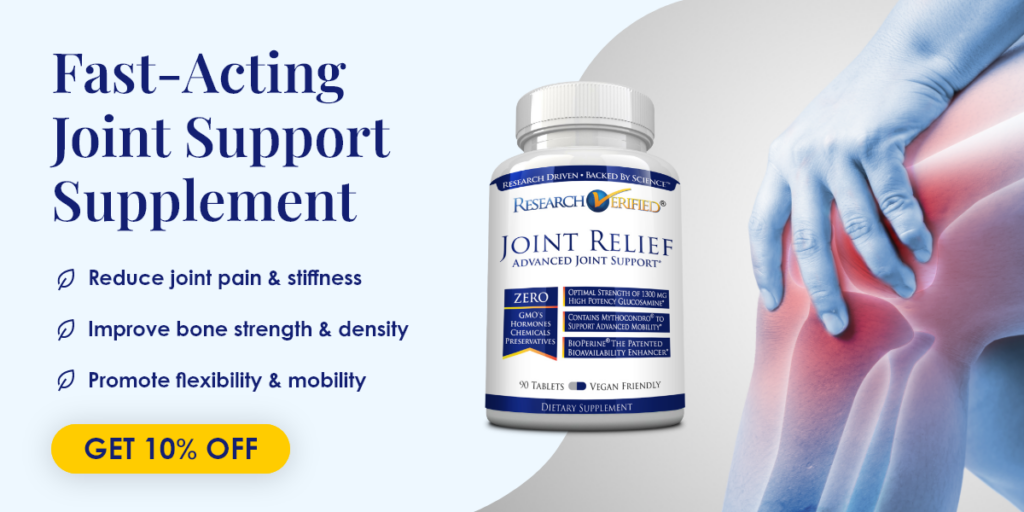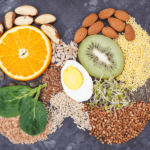Joint pain can range from mildly irritating to debilitating, often hindering daily activities and affecting quality of life. If you’re among the millions who experience joint discomfort, implementing some lifestyle changes might be the solution you’ve been seeking. Below are several evidence-based strategies to help manage and potentially reduce joint pain.
1. Exercise regularly
- Low-impact activities: Swimming, cycling, and walking can help keep a joint healthy without adding undue stress (1).
- Strength training: Helps to support and protect joints by building muscle around them (2).
- Flexibility exercises: Yoga and tai chi can increase joint flexibility and reduce pain by improving blood flow (3).
Remember to consult with a physical therapist or fitness expert to ensure exercises are done correctly and safely.
2. Take a Daily Joint Health Supplement
- Glucosamine and Chondroitin: A common combination in many joint health supplements, they have been shown to benefit individuals with osteoarthritis (4).
- Omega-3 fatty acids: Found in fish oil, they can help reduce joint pain and stiffness due to their anti-inflammatory properties (5).
- Turmeric/Curcumin: Acts as a natural anti-inflammatory agent. Some studies suggest Turmeric can help reduce symptoms of osteoarthritis and rheumatoid arthritis (6).

3. Maintain a Healthy Weight
Carrying extra weight puts added stress on joints, particularly the knees, hips, and lower back. Even a modest weight loss can relieve stress and reduce pain (7).
4. Stay hydrated
Cartilage, found in joints, is about 80% water. Keeping hydrated helps ensure that this tissue remains lubricated, which can alleviate stiffness and proper hydration helps to flush out inflammation-causing toxins (8).
5. Eat Anti-inflammatory foods
- Incorporate foods like berries, nuts, fish, and olive oil which have inflammation-reducing properties (9).
- Limit consumption of processed foods, sugary beverages, and red meat (9).
6. Get adequate rest
Just as exercise is vital, so is rest. It provides your joints the downtime they need to heal and reduce inflammation (10).
7. Use Assistive Devices
Wearing braces or using walking aids can help take the pressure off sore joints and provide additional support.
8. Warm up before activities
Gentle stretching or a short walk can prepare your joints for more strenuous activity.
9. stay updated with regular check-ups
Schedule regular visits with your healthcare provider to track the progression of any joint-related conditions and adjust treatments as necessary.
10. consider physical or occupational therapy
A therapist can provide exercises and strategies tailored to your specific needs, maximizing joint function and reducing pain.
conclusion
While joint pain can be, well, a pain, it’s doesn’t have to be debilitating. Implementing these lifestyle changes can contribute significantly to joint health, pain management, and your overall well-being. Nevertheless, it’s recommended that you consult with your healthcare professionals before making any major changes to your regimen.




